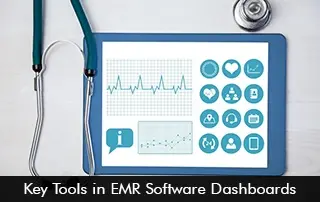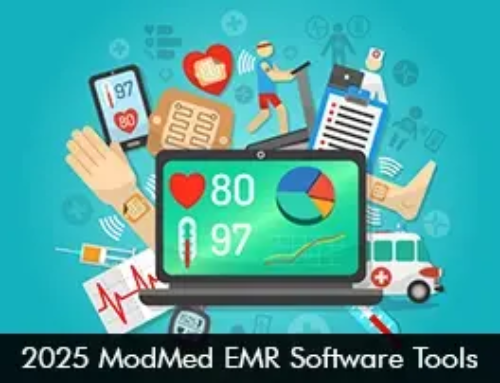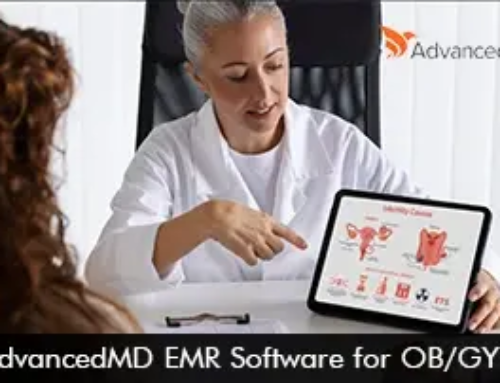Dashboards for EMR Software have become a vital tool in contemporary healthcare for providers who wish to make fast, data-driven decisions. As a real-time visual interface that collects and presents important clinical, operational, and financial data in one location, these dashboards serve as a central control panel.
What are EMR Software Dashboards?
Healthcare Providers can log in to view an instant overview of their practice’s performance, patient health metrics, and workflow efficiency, eliminating the need to search through numerous screens or reports. To put it briefly, an EHR System dashboard facilitates the conversion of unprocessed data into useful insights that enhance patient care and expedite everyday chores.
Key Elements in EMR Software Dashboards
Patient Overview
As the name suggests, the patient overview panel dashboard in Electronic Medical Records (EMR) Software provides a snapshot of important patient details. This information includes appointment schedules, recent tests, allergies, medications, and ongoing treatment.
Clinical Performance Metrics
The ultimate goal of healthcare is to boost patient outcomes. The clinical performance dashboard in the EMR System displays key metrics for health outcomes, chronic disease management progress, and standards for optimum patient care.
RCM and Billing
The Revenue Cycle Management dashboard shows a complete picture of the financial side of the practice. This empowers financial administrators to efficiently monitor claims and pending payments. The billing data displayed in the EHR Software dashboard can mitigate any financial holdups.
Workflow Management
With providers having a lot on their plates every day, the workflow management dashboard in the Electronic Health Records (EHR) Software can enable streamlining daily tasks. Clinicians can keep track of pending tasks, related to documentation and etc.
Alerts and Notifications
Any irregular lab results and pending medication refills are notified via the alerts dashboard. This is a great way to not miss out on critical notifications to ensure that smooth care is given to each patient.
Examples of EMR Software Dashboards
The Provider Dashboard tool by Epic EMR Software comes in handy for providers, as it displays real-time patient lists and any recent updates from care teams. The dashboard empowers providers to make quick and informed decisions. The “Storyboard” feature offers a standardized view of patient data across workflows.
The athenahealth EHR Software dashboard, called the athenaOne dashboard, is a mix of everything, giving clarity to clinicians. It shows clinical, financial, and operational metrics on one screen, reducing the number of clicks and keeping physician burnout at bay. The visibility of all crucial data in one place enables providers to track performance metrics and enhance operational efficiency.
User Benefits of EMR Software Dashboards
EMR Systems dashboards are a great way to offer everyday clarity and provide meaningful insights. The visual display of data ensures users can easily track progress in a single view and take quick action right away. Furthermore, the billing side can be managed without having to go through lengthy financial reports, saving a lot of time.
Improvements in EMR Software Dashboards in 2025
Electronic Health Records (EHR) Software vendors are making strides in 2025 to improve EMR Software dashboard usability by integrating customizable widgets, intuitiveness, and mobile usage. Some vendors, like PrognoCIS EMR Software, are enhancing reporting tools in their dashboards, making practices work efficiently by tracking patterns. Moreover, certain EHR Software dashboards are utilizing the power of AI to help physicians spot high-risk patients, and a voice-enabled feature can make way for hands-free access.
We can confidently say that EMR Software dashboards in 2025 are smarter and more customizable, allowing providers to enhance patient care and optimize tasks.








